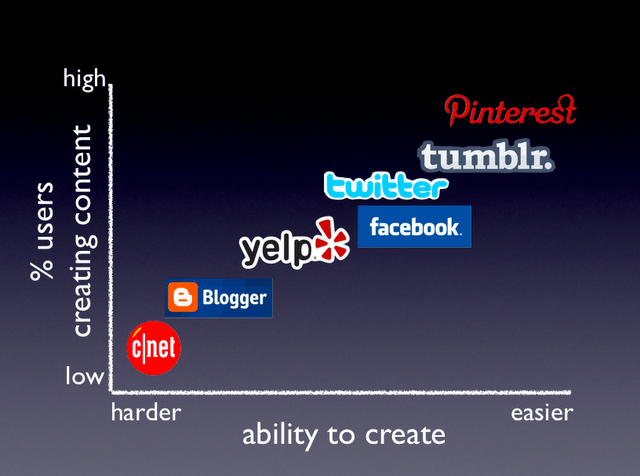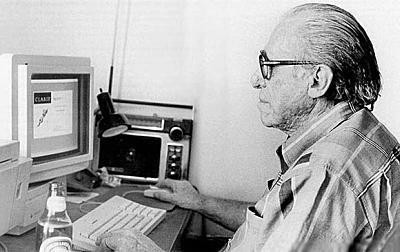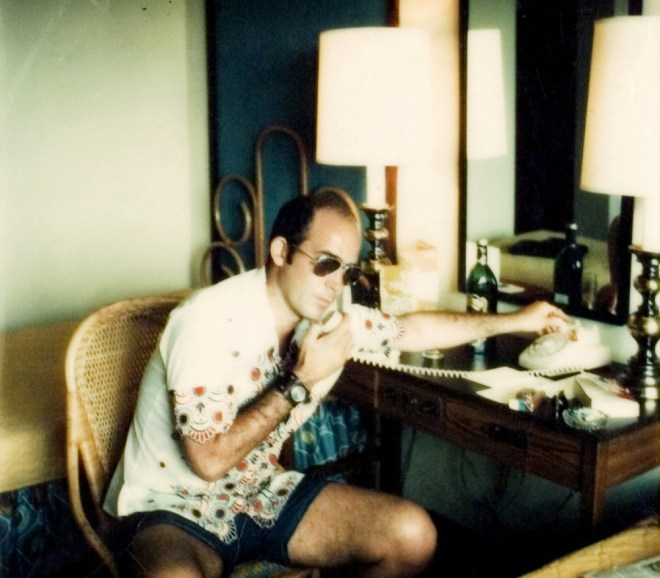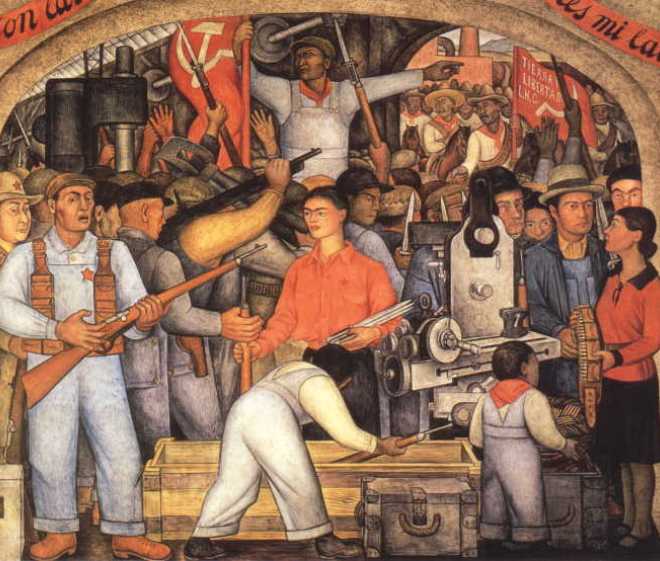Prescient, from 2012, by Nir Eyal.
The Curated Web is characterized by a fundamentally different value to users than the social web. Whereas Web 1.0 was characterized by content published from one-to-many and social media was about easily creating and sharing content, from many-to-many, the curated web is about capturing and collecting only the content that matters, from many-to-one. Like all successive phases, the curated web is a response to the weaknesses of the previous phase. Users inundated with too much content are looking for solutions to help them make sense of it all. Curated Web companies solve this problem by turning content curation into content creation and, following the predicted trend line, they see unprecedented percentages of user participation. Each re-pin, re-blog, re-tweet, creates a curated, easy-to-use stream for future information to flow.
By designing new interfaces, and suddenly making information accessible, innovative companies have just begun creating the Curated Web. By extrapolating the trend line, we can expect new startups to engage even higher numbers of users in creating content by making creation even easier. As our ability to create content increases, perhaps one day becoming nearly effortless, we are likely to see new interfaces to help us make sense of all the data, and hearkening the next phase of the web.




